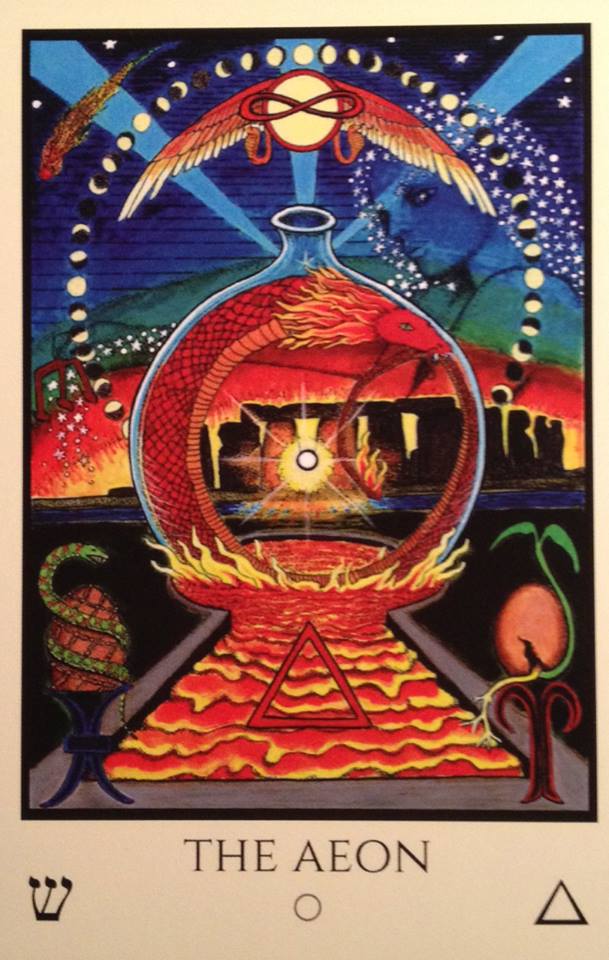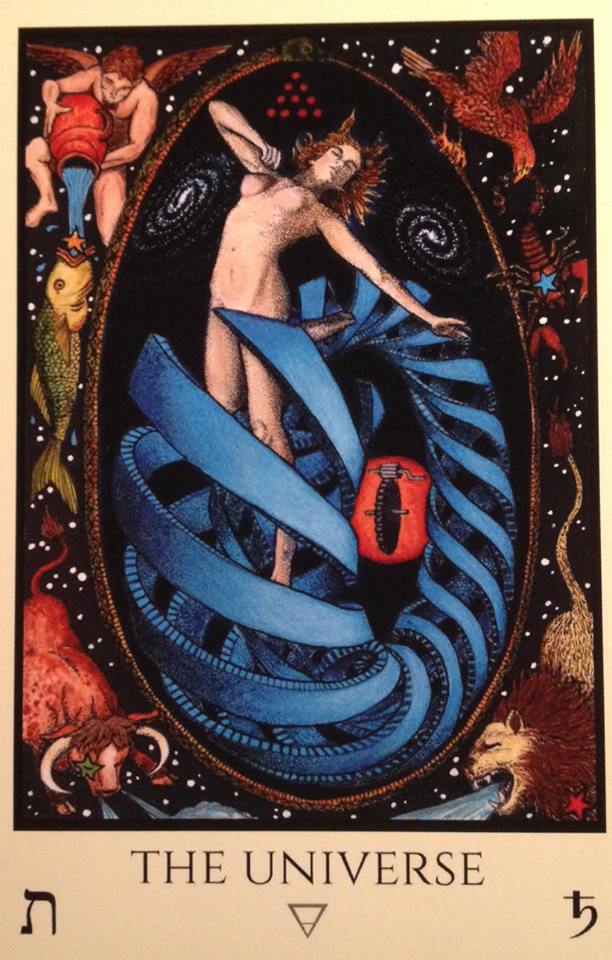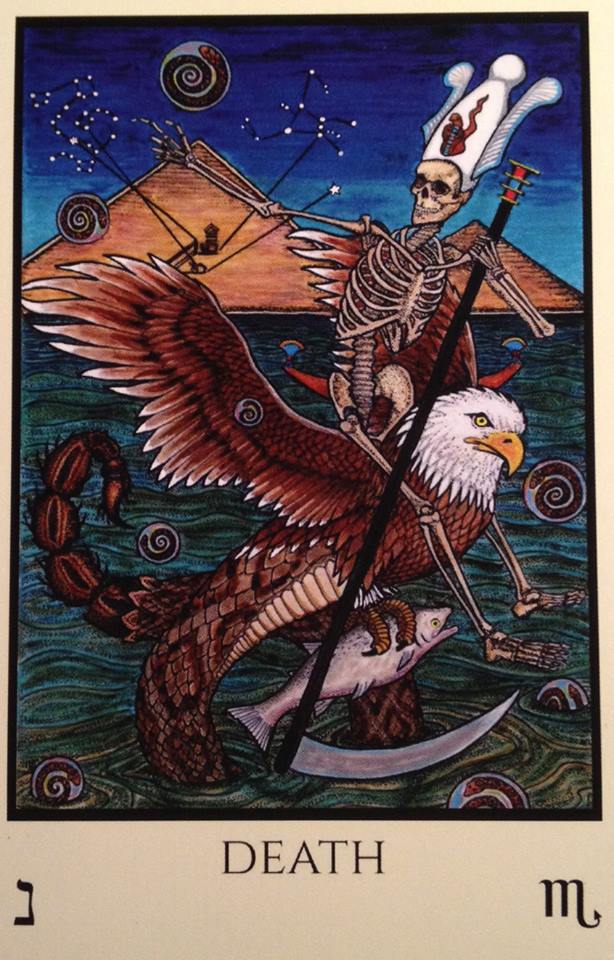I shall use the Tarot, rather than the 32 paths of the Qabalistic Tree of Life (modern occultists claim these have a perfect correspondence, but the last part of this lecture will explain why this is a flagrant hoax based off of historical revisionism and anti-semitism), to perform a basic analysis of the esoteric meaning behind ShTN. The reason for this involves the notion of the Tarot forming the backbone upon which a conglomeration of correspondences proceed. The principle behind this comes from Freemasonry, specifically the SRIA (So
The constructive, not analytic, side of the story involves the notion that the Tree itself locates Satan in several places, some of which are based on functional roles, and some are based on where Satan is found. For instance, one can find Satan as Azazel on Path 32 (Yesod to Malkuth), indicating the old view of an earthy adversary. But Satan also corresponds to Saturn, the Qlipha Satariel on the Tree of Night, and Hadit. There are some entities, such as Athena-Sophia, that we can find in many places upon the Tree. Satan is another of these. This corroborates the notion that Satan is not a singular entity, but, rather, manifestations and instantiations of the adversarial archetype.
As this is not a class on Qabala or mysticism, let us proceed onward to the analysis.
Dropping the vowels from ShAITAN, we have a three-letter word consisting of:
Shin, Tav* , Nun (* Teth is given in some alternate spellings, but will not change the overall reading)

20 – XX – Shin ש – The Aeon or Judgement (Fire, Spirit)
Shin itself has associations with scorpions and serpents, specifically their fangs (the letter resembles three teeth), and poison. Shin is comprised of three repetitions of the letter yod ( ש , ייי ). This indicates divinity. Satan is a god, of course. Shin, as one of the three Hebrew mother letters, implies generative force.

21 – XXI – Tav ת – The Universe (Saturn, Earth)
Tav’s association is Saturn. The Golden Dawn associated entities with T or D in the end of their first syllable: by this schema (rather than on the basis of role, function, nature etc), Satan corresponds with Saturn, Set/Sut/Sutuach, Had/Hadit, and, obviously, Hades & Pluto (the Greco-Roman gods of the underworld). Thus, Saturn as Chronos is the time that grows, sustains, and destroys all things. Tav, as the final letter of the Hebrew alephbeth, implies finality. The aspect of Earth implies a return to the soil from above.

13 – XIII – Nun נ – Death (Scorpio)
Lastly, Nun, the tail of the Scorpion. If you draw Nun and Shin together, it will resemble a scorpion braying and putting both claws in the air as it rears back ready to sting its victim. Teth or Tau form the body of the scorpion. Death is the only thing that can survive death itself, just as the scorpion can survive the scorching summers in the desert.
Putting these three together, we have an image of an entity that destroys in order to generate life. In other words, a man walking through the desert gets stung by a scorpion, and he dies. His body rots and decays, and out of this rot grows something new.
As promised, this is why this interpretation is wholly superfluous:
It is important to note that these correspondences by and large come from personal notes and the Golden Dawn materials compiled by Mathers et al. Remember, Christians came up with these correspondences, and it is a departure from the Qabala reflected in texts such as The Zohar. As such, these are modern innovations rather than ancient secrets. A large amount of Christian mysticism that draws on Jewish esotericism actually comes from efforts, by medieval Catholic priests to discredit Judaism.
One such figure, Raymond Martini, learned Hebrew under the orders of the Vatican, and set about to repudiate the Talmud, and reframe Jewish mysticism as heretical. Some texts that came out of this are Martini’s Pugio Fidei (re-edited in 1651 as Pugio Fidei Raymundi Martini Ordinis Prædicatorum Adversus Mauros et Judæos), Porchetus de Salvaticis’ 1520 Victoria Porcheti adversus impios Hebreos, and Hieronymus de Sancta Fide’s Hebraeomastix. And, of course, the puzzling cases of all the ethnic drag presented in the so-called Solomonic magic texts such as Grimorum Verum, The Lesser Key of Solomon, and Abramelin the Mage (where one, in ethnic drag, petitions god to summon demons who will give him money and make women remove their clothing).
Even those who work with these texts, very few are aware of this shameful fact — yet, this practice of infiltrating other religions, or even just making up such narratives, only to slander and politicize them continues on in the modern era.
